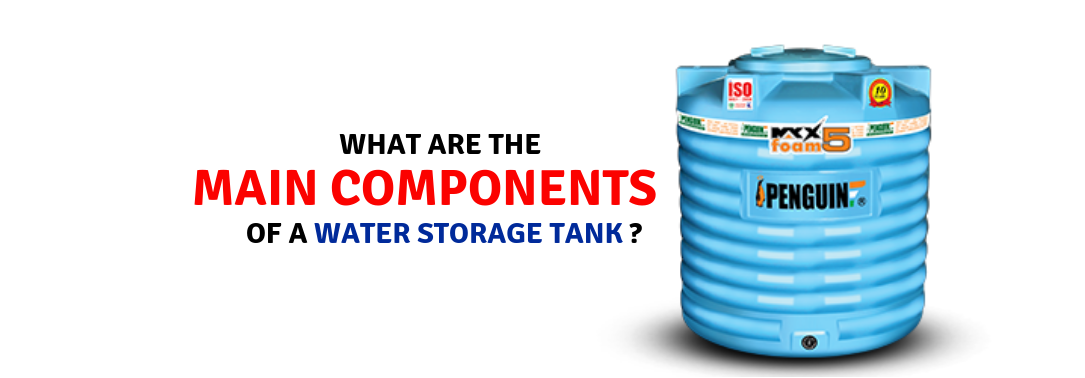Blog
What Are The Main Components of A Water Storage Tank?
- May 7, 2021
- Posted by: ptbloguser
- Category: Plastic Water Storage Tank
- No Comments

A water storage tank is widely used in all domestic and commercial property all over the world. Its importance is not unknown to us. A good quality water storage tank is needed to ensure the safety of the water that we are using for different purposes on an everyday basis. There are different types of water storage tanks. Follow the link below to know more. Water Storage Tank Comparisons For Drinking Water-Explained!
This blog will focus on the main components of a water storage tank irrespective of its type. The basic components of a water storage tank include the following:
Inlet and Outlet
The inlet and outlet allow the water to enter and exit the tank for daily uses. Therefore its placement should be done at the right location. The inlet should be at the topmost location to store the maximum water possible. The outlet should be at the bottom of the tank to use the maximum water. The water needs to be circulated well to maintain the residuals and impurities that settle at the bottom. The outlet should be ideally above four to six inches from the bottom.
Overflow Pipe
The overflow pipe is located at the inlet level at the top of the tank so that more water is not stored. It is required for freeboard to maintain the air gasp otherwise tank might burst due to excessive pressure.
Drain
It is located at the bottom of the tank to remove the residual deposits while cleaning the tank.
Vent
Vent pipes are located at the top of the tank to release air. Air is removed out through vent pipes at the time of refilling water in the tank. Opening of vent pipes should face downwards to prevent any unwanted object to enter the tank.
Level Indicator
A level indicator is dipstick or graduated rod that indicates the quantity of water stored inside the tank.
Sump
A sump is located at the base of the tank for draining purpose. The additional sump may be required for installation of submersible pumps in case of underground or on ground water tanks.
Manhole
Manhole is an opening into a tank top for cleaning, inspection, and maintenance. It is an opening in the top of the tank with a lid that can be locked.
These are the basic components of a water storage tank that needs to be checked at the time of installation properly.



